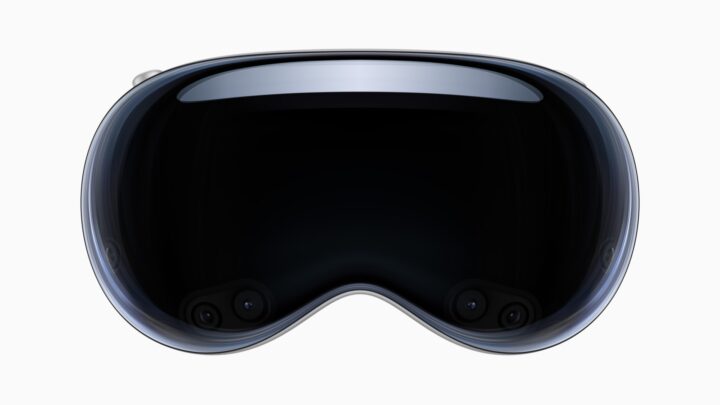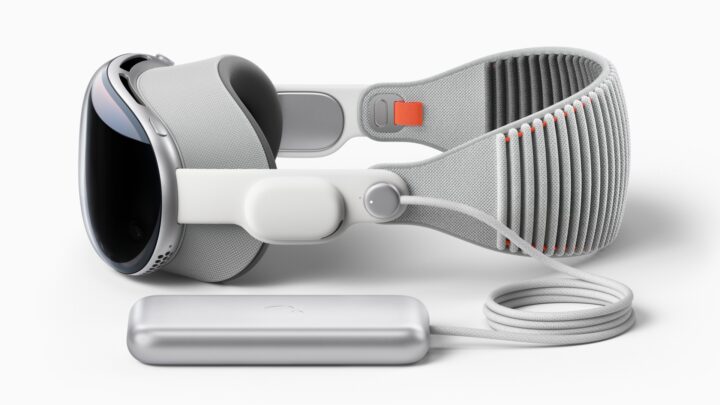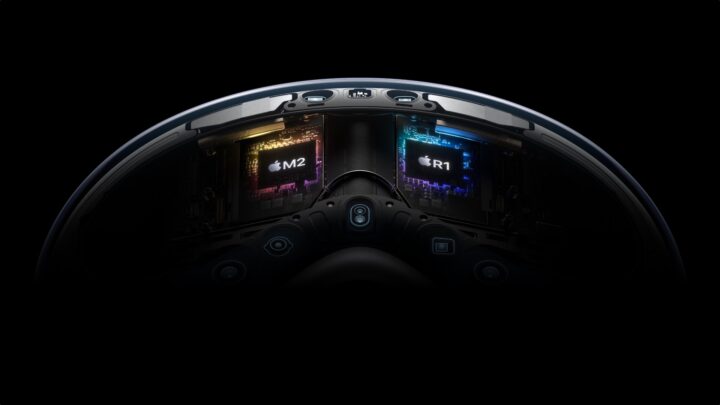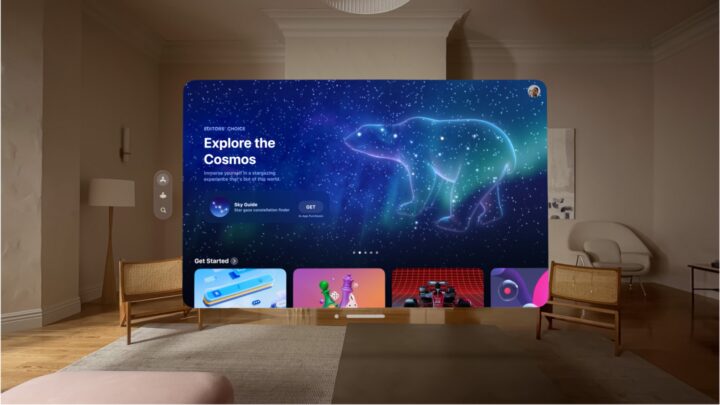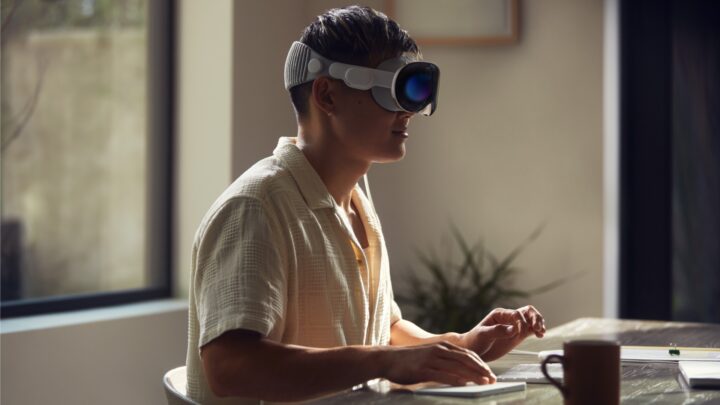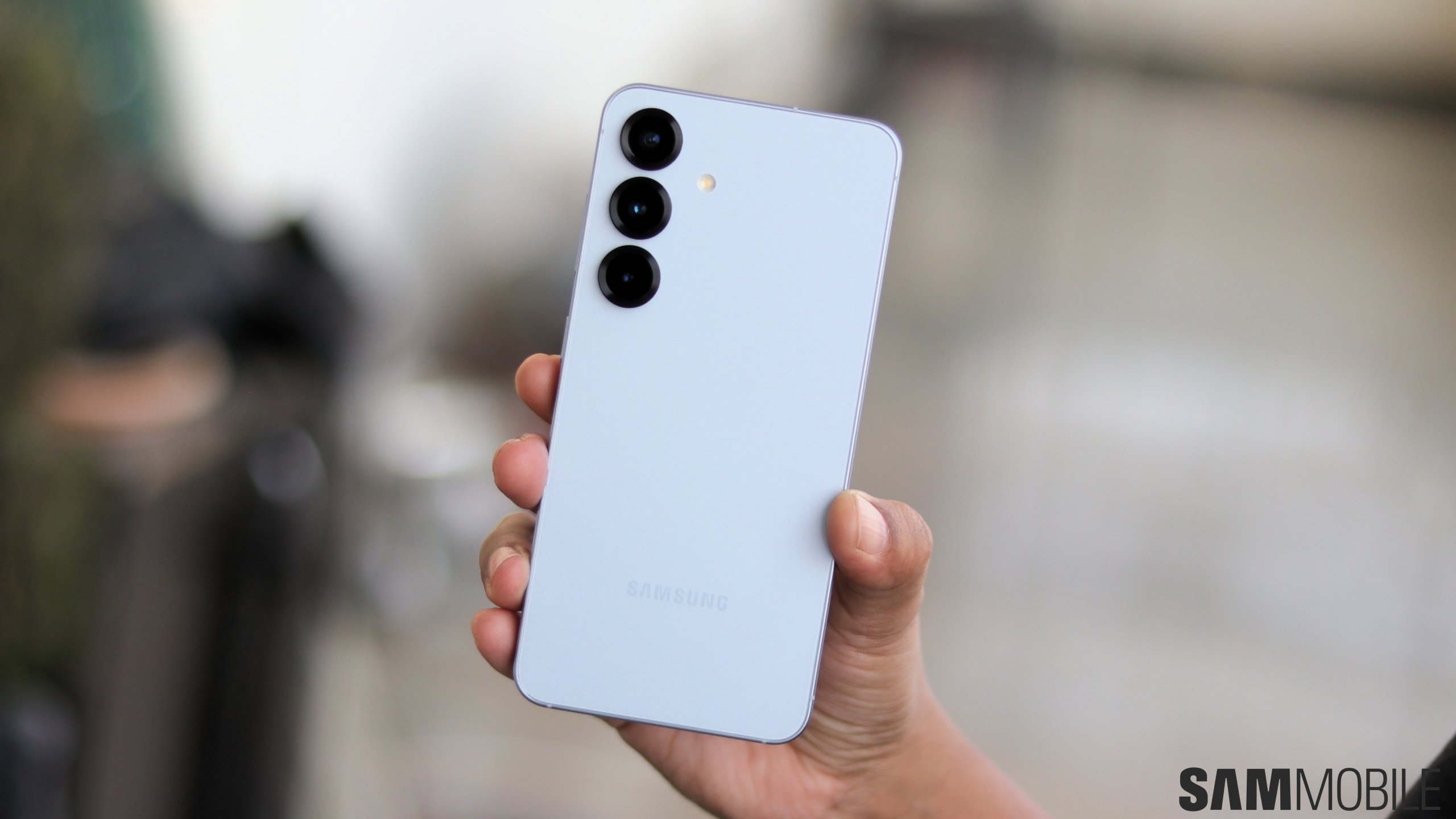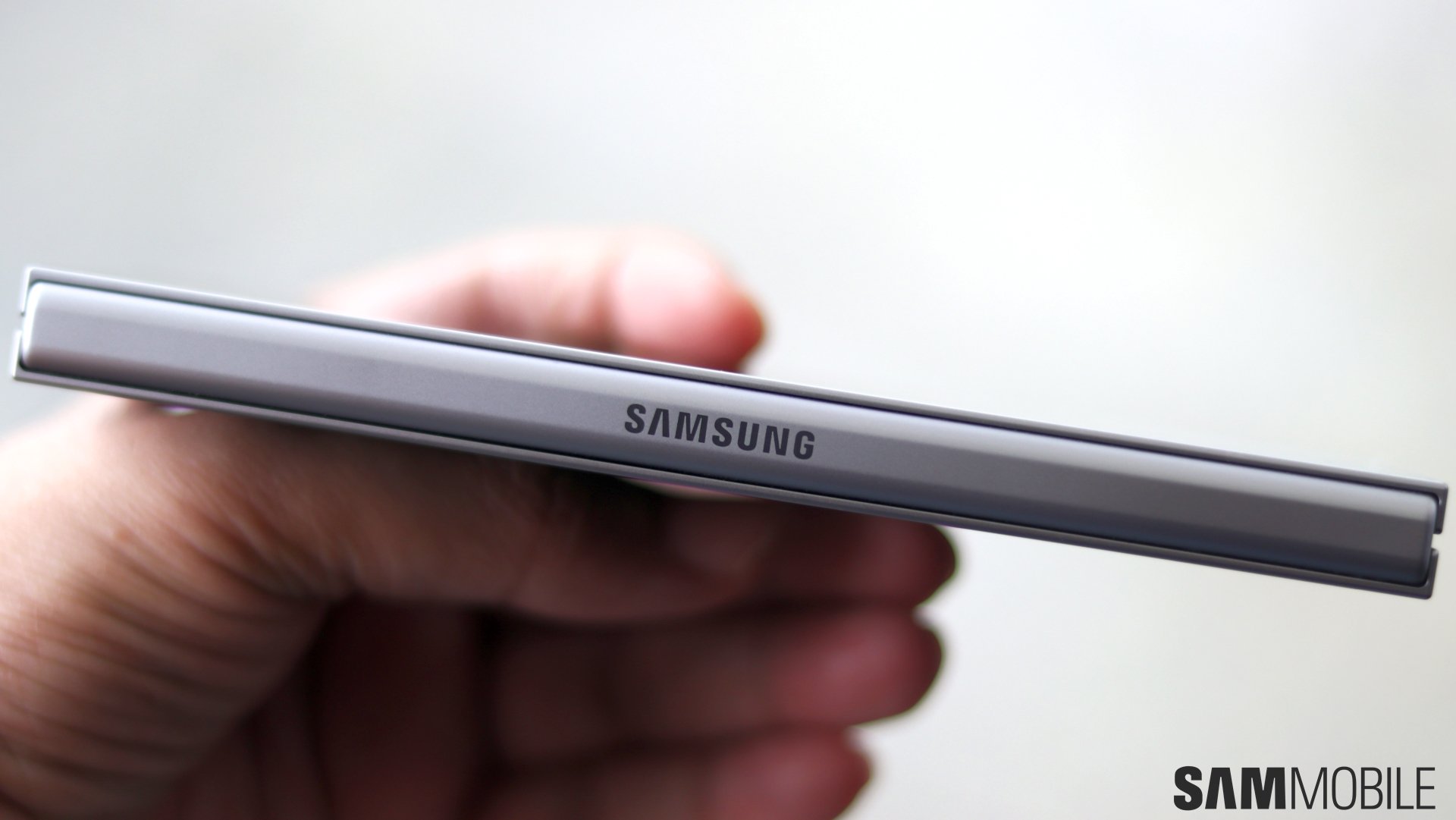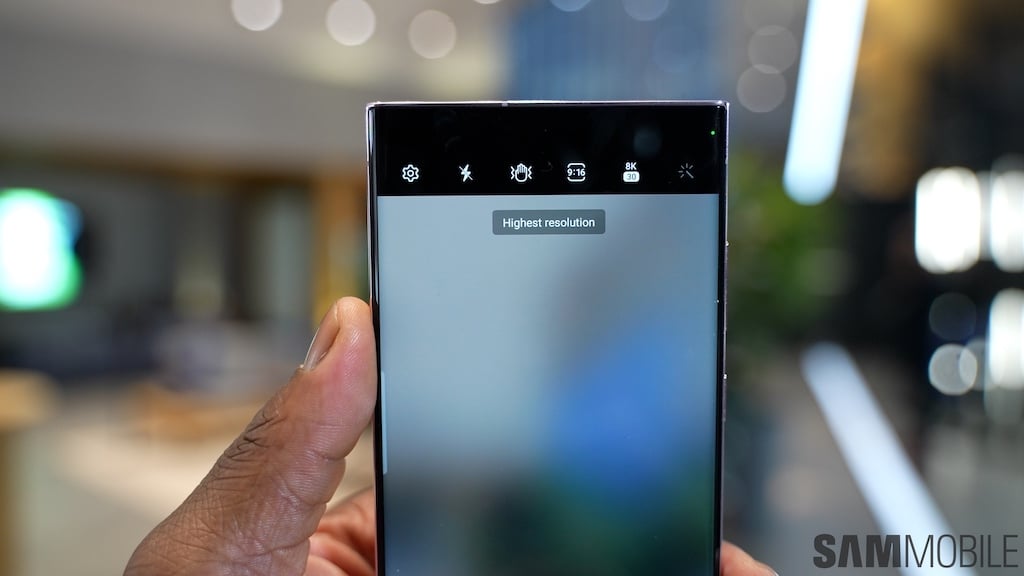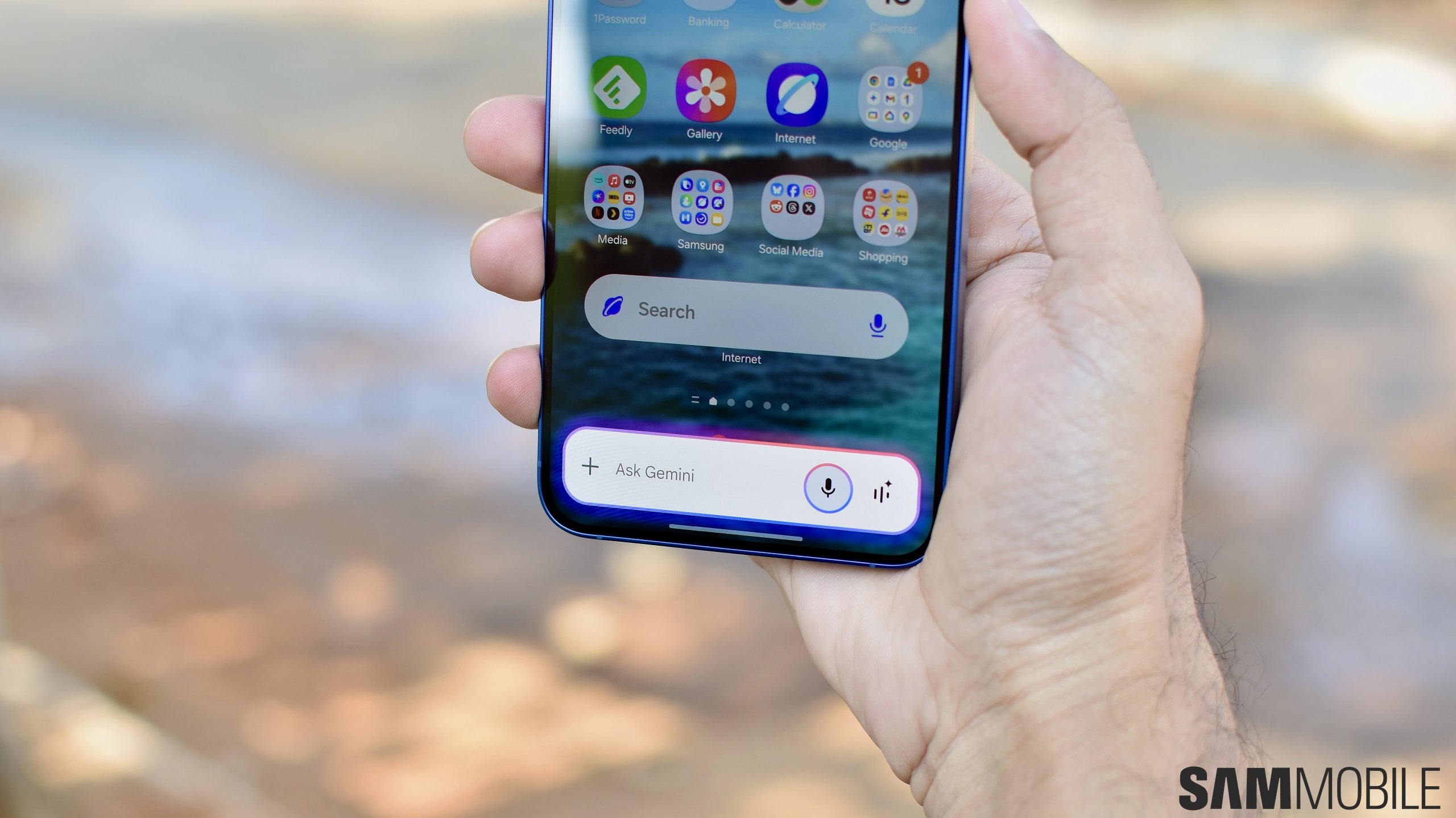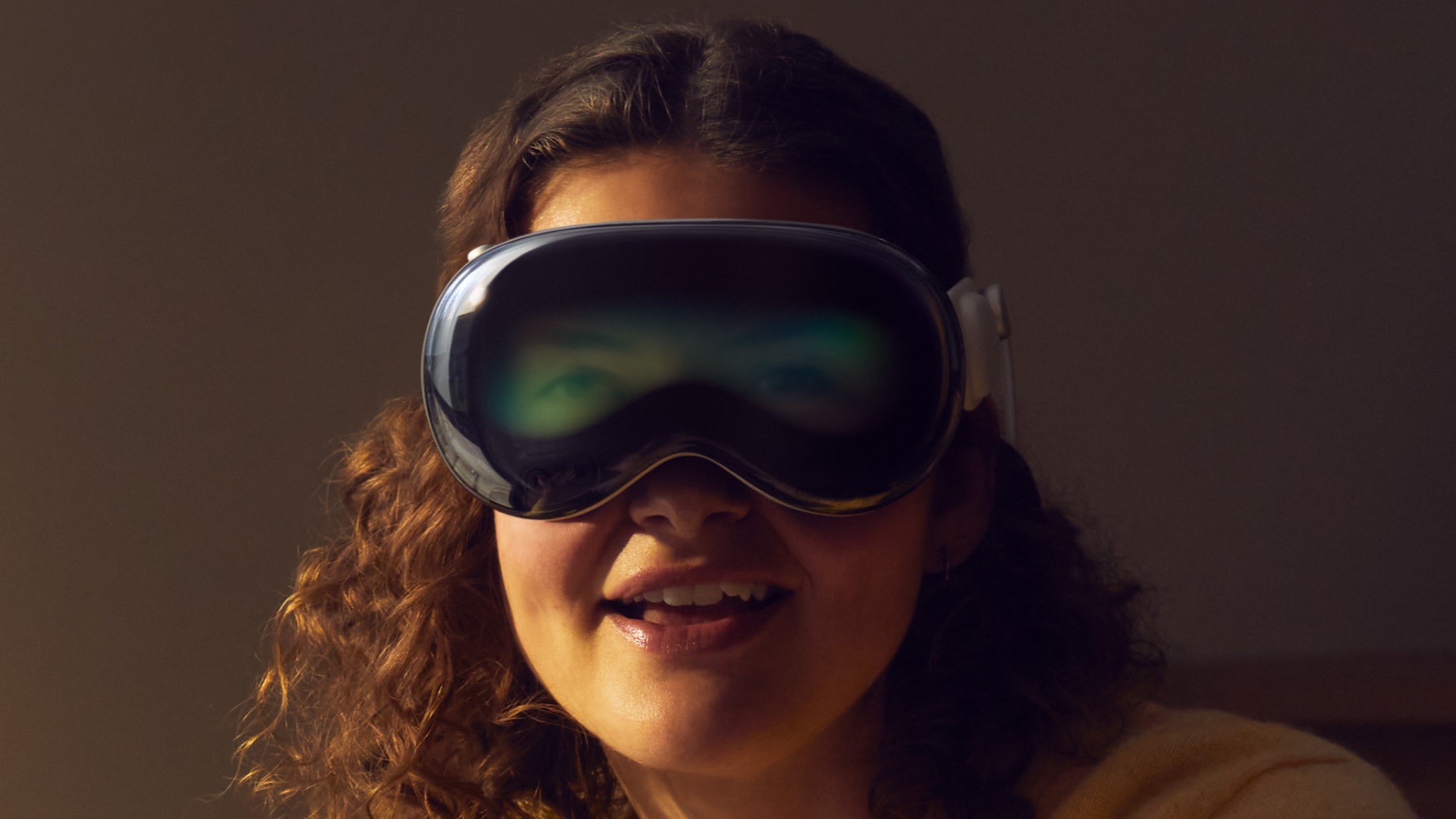
Despite launching a low-cost, smartphone-powered VR headset—Gear VR—years ago (back in 2015), Samsung never managed to kick off that device category. After trying to make Gear VR a mainstream device for a few years with the help of Facebook's Oculus, the South Korean firm ended up discontinuing its VR headset business in 2020. In comparison, Apple has kickstarted its AR headset business with a much more high-end device featuring two 4K microdisplays, 12 cameras, six microphones, five sensors, and two high-performance processors.
Apple's Vision Pro AR headset costs $3,499, features impressively high-end hardware
The Vision Pro has two OLED microdisplays with more than 4K resolution each, offering enough pixel density to rule out any pixelation. The displays have a WCG (Wide Color Gamut) and HDR. These displays are similar to the ones made by eMagin that Samsung acquired for $218 million.
The device is powered by visionOS, which allows the Vision Pro headset to be controlled using eyes and finger gestures. Its eye-tracking system consists of multiple cameras and a series of IR light emitters while front-facing cameras detect finger gestures. Using inputs from the inside and outside cameras, visionOS can detect which UI element you're looking at and interacting with.
Vision Pro is powered by M2 and R1 high-performance chips
The AR headset is powered by two processors: M2 and R1. M2 is the same chip that powers Apple's high-end iPads and MacBooks. The R1 processes the data from all the cameras and sensors onboard. All of the data from the camera is streamed to the displays in 12 milliseconds, reducing latency to almost zero. The device unlocks using the Optic ID system that scans the user's retinas. It is similar to the iris scanner that was found on the Galaxy S8 and the Galaxy S9. The display at the front shows others whether the user is seeing them or enjoying the content using the Vision Pro headset.
The front of the AR headset is made using aluminum and houses all the cameras, displays, sensors, and processors. It is cooled using a silent cooling mechanism. This aluminum part also houses the power button and a rotating button (Apple calls it Digital Crown). This button is used to control the level of immersion. When the immersion is maxed out, only content is visible, and the environment around the user is blocked.
The headset also features two speakers with a dual-driver system and spatial audio. This audio system creates a feeling that the audio is coming from the environment rather than the speakers. Audio is personalized to each user's ears using their head and ear geometry. The headset can either be plugged into power, but it can only be used for around 2 hours when Apple's proprietary power bank is plugged in using a magnetic connecter on one of its sides. So, the headset is actually meant to be used when you're at home or workplace.
Apple's first AR headset debuts visionOS, features hundreds of apps and games
The visionOS has all the apps that can be found on iPhones, iPads, and Macs. Since the headset covers the eyes of the user completely, the UI is spread across the user's vision. Windows can be displayed in sizes as big as 100 inches. You can consume content, use apps, play games, and browse the web. Apple said that it is bringing hundreds of apps and games at launch via the all-new App Store. Microsoft is bringing its Office apps, while Disney is bringing Disney+ with added AR elements to the Vision Pro.
All the cameras onboard can capture 3D photos and videos. The headset can also playback 3D videos in a much more immersive way than any other 3D screen. It can be used with the most popular wireless gaming controllers like the Microsoft Xbox Wireless Controller and the Sony DualSense/DualShock. It can also be used to connect with others on video calls via FaceTime, Microsoft Teams, Webex, and Zoom. In FaceTime, you can create your 3D avatar (Apple calls it Persona) so others on the video call can see your digital representation. With SharePlay, users can watch content together, browse photos or the web, and play games together while on the call.
Although the AR headset can be used standalone, it can also be connected to Macs wirelessly and used the AR headset as an immersive screen. It can be connected to a wireless keyboard, wireless mouse, and wireless trackpad for improved productivity while typing and doing other tasks. Apple claims that all the data, including where your eyes hovered while browsing websites, stays private with the best encryption technologies in the world.
Apple's Vision Pro headset with compete with Samsung's XR headset next year
The Vision Pro will be available for purchase in the US in early 2024, with the AR headset available in other countries later next year. Samsung is also working on its own XR (Mixed Reality) headset, featuring Google's operating system and Qualcomm's processor. It is expected to be unveiled sometime later this year or early next year. No specifications or features have been revealed so far.
While Samsung has failed to take off in most device categories on its own in the past (except foldable phones), the South Korean firm now has the Vision Pro as a benchmark. However, it remains to be seen whether the company can nail the visuals and controls as Apple did. The software also needs to be intuitive, and Samsung and Google need to work hard to bring enough AR apps, games, and experiences to their XR platform if they want to be taken seriously.
The Vision Pro is both a boon and a danger for Samsung as it could help the company make a decent headset while also competing with it. Since the Vision Pro is limited to those in the Apple ecosystem, Samsung could carve out a similar market (if it exists in enough numbers) for those in the Android ecosystem.












